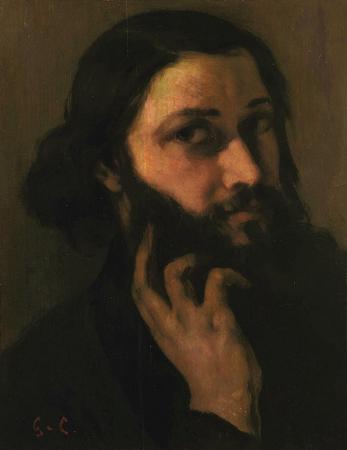Legion of Honor Museum. The Legion of Honor is a part of the Fine Arts Museums of San Francisco. The name is used both for the museum collection and for the building in which it is housed. The Legion of Honor was the gift of Alma de Bretteville Spreckels, wife of the sugar magnate and thoroughbred racehorse owner/breeder Adolph B. Spreckels. The building is a full-scale replica, by George Applegarth and Henri Guillaume, of the French Pavilion at the 1915 Panama-Pacific International Exposition, which in turn was a three-quarter-scale version of the Palais de la Légion d'Honneur in Paris, by Pierre Rousseau. At the close of the exposition, which was located just a few miles away, the French government granted Spreckels permission to construct a permanent replica of the French Pavilion. World War I delayed the groundbreaking until 1921. Dedicated as a memorial to California soldiers killed in the war, the museum opened on Armistice Day, November 11, 1924. The museum building occupies an elevated site in Lincoln Park in the northwest of the city, with views over the nearby Golden Gate Bridge and the distant downtown skyline. Between March 1992 and November 1995 the Legion underwent a major renovation that included seismic strengthening, building systems upgrades, restoration of historic architectural features, and an underground expansion that added 35,000 square feet. The Court of Honor was pierced by a pyramidal skylight opening onto the new gallery space below, a quotation in miniature of the Louvre Pyramid. The architects for the project were Edward Larrabee Barnes and Mark Cavagnero. The plaza and fountain in front of the Legion of Honor is the western terminus of the Lincoln Highway, the first improved road for automobiles across America. The terminus marker and an interpretive plaque are located in the southwest corner of the plaza and fountain, just to the left of the Palace. Dominating the classical plaza is Pax Jerusalemme, a modern sculpture by Mark di Suvero that stirred controversy at its installation in 2000. The Legion of Honor displays a collection spanning more than 6,000 years of ancient and European art and houses the Achenbach Foundation for Graphic Arts. The Hall of Antiquities displays ancient works from Egypt, the Near East, Greece, and Rome, including sculptures, figurines, vessels, jewelry, and carved reliefs. Notable works include a 4,000-year-old carved wood figure of Seneb, an Egyptian royal scribe. The collection is supported in part by the Ancient Art Council, which offers a speakers program focusing on the ancient world. The museum contains a representative collection of European art, the largest portion of which is French. Its most distinguished collection is of sculpture by Auguste Rodin. Casts of some of his most famous works are on display, including one of The Thinker in the Court of Honor. Other artists in the collection include El Greco, Titian, Rubens, Rembrandt, Boucher, David, Tiepolo, Gainsborough and many of the Impressionists and post-Impressionists, Degas, Renoir, Monet, Pissarro, Seurat, Cézanne, van Gogh and others. The Achenbach Foundation for Graphic Arts is responsible for the museum's collection of works on paper. With more than 90,000 items, the AFGA is the largest repository of works of art on paper in the western United States. The department is named for Moore and Hazel Achenbach, who gave the bulk of their collection to the city of San Francisco in 1948, and the remainder upon Moore Achenbach's death in 1963. Many additional acquisitions form the basis for special collections within the department, such as the Anderson Collection of Graphic Arts. Selections from the Logan collection, more than 400 books dating from the nineteenth century to the present, are regularly used in exhibitions in the Reva and David Logan Gallery of Illustrated Books located in a small room off the Hall of Antiquities. The museum's collection of European Decorative Arts includes a gilded Spanish ceiling from c. 1500; numerous items of furniture, including Horace Walpole's commode of 1763 from Strawberry Hill House, west of London; and three period rooms, including the Salon Doré from the Hôtel de La Trémoille, Paris, said to be the only complete example of a pre-Revolutionary Parisian salon to be displayed anywhere. The Bowles Porcelain Gallery displays an array of porcelain and pottery from England and continental Europe with a strong emphasis on the eighteenth century. Adjacent to the gallery is the Ceramic Study Center.
more...



